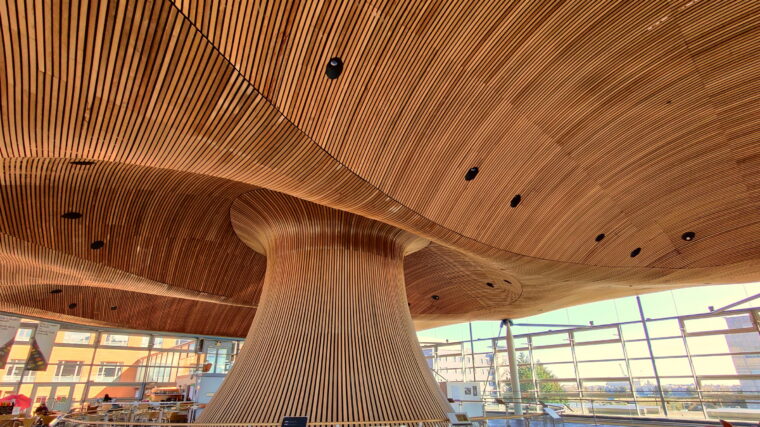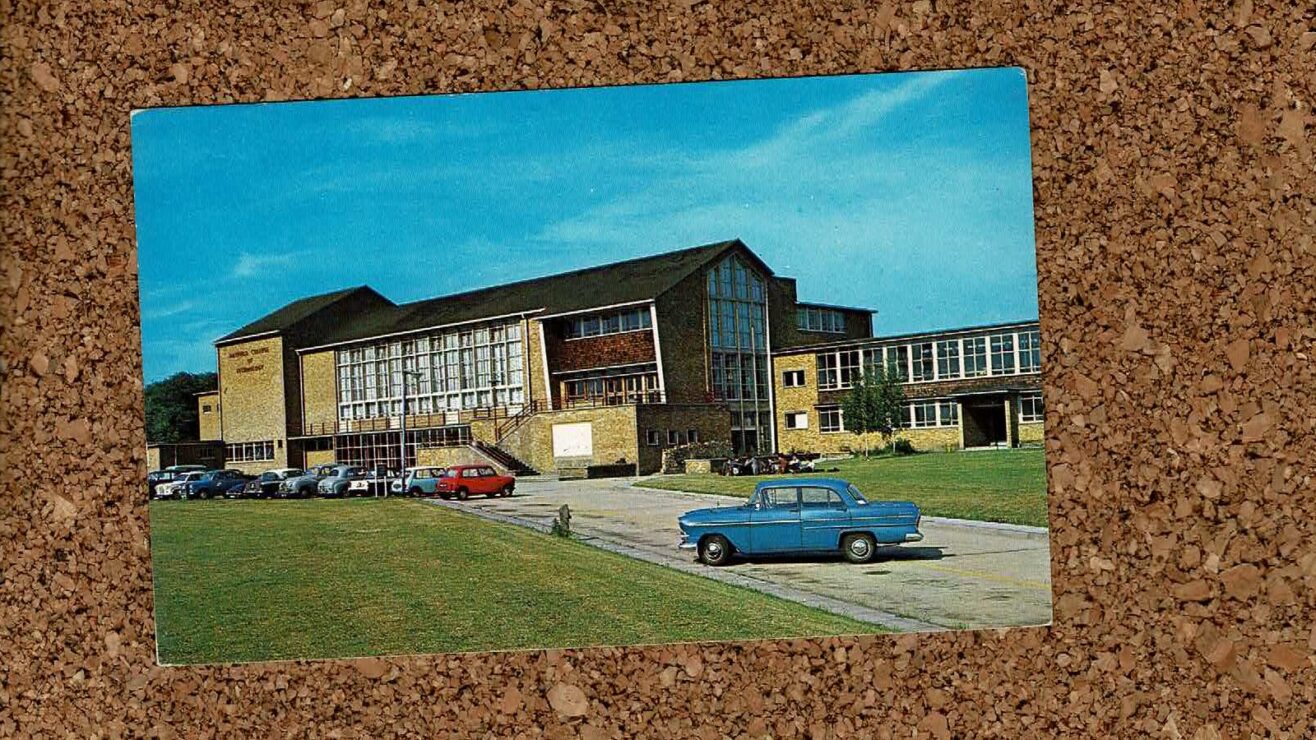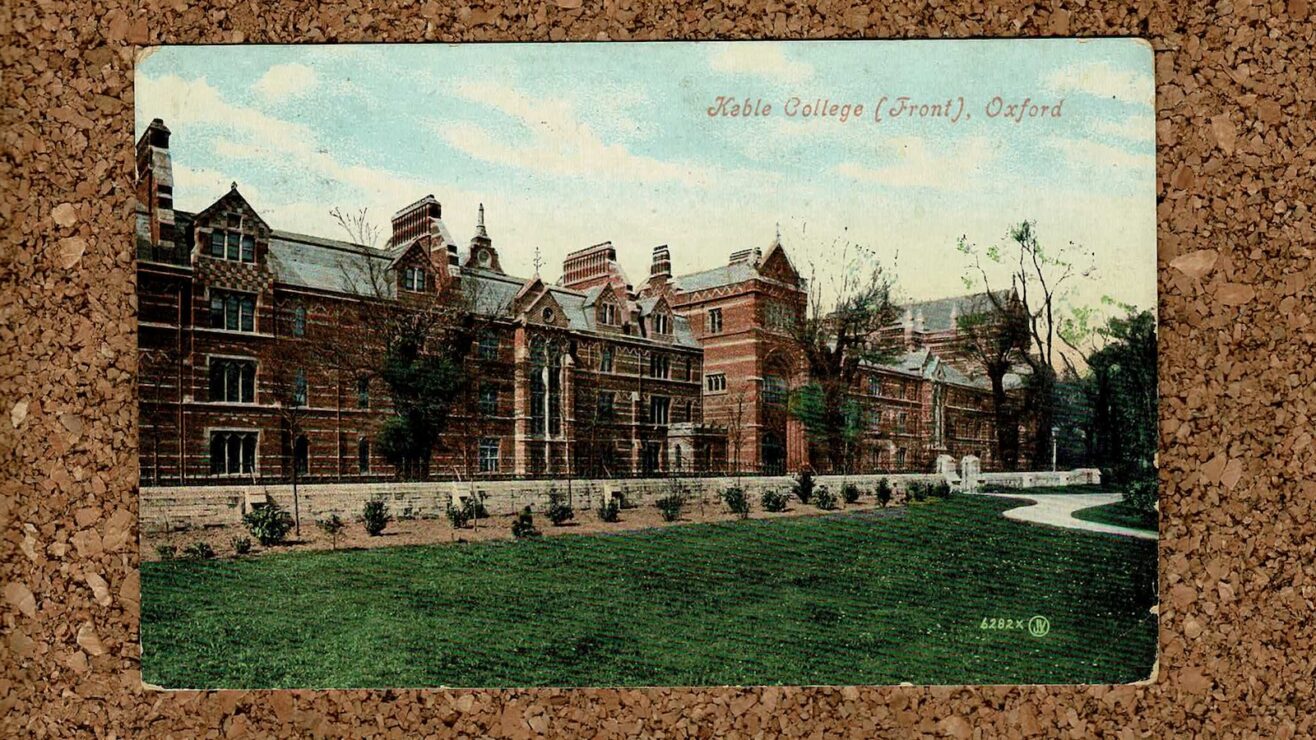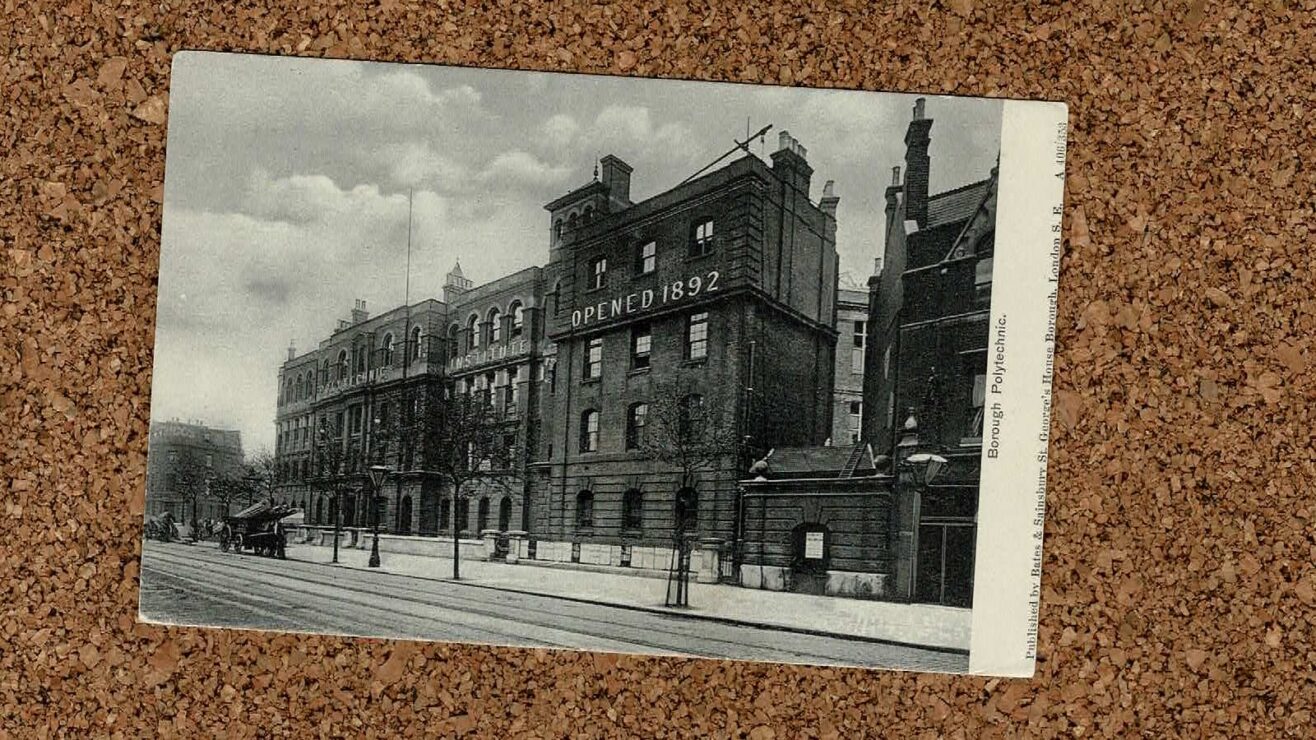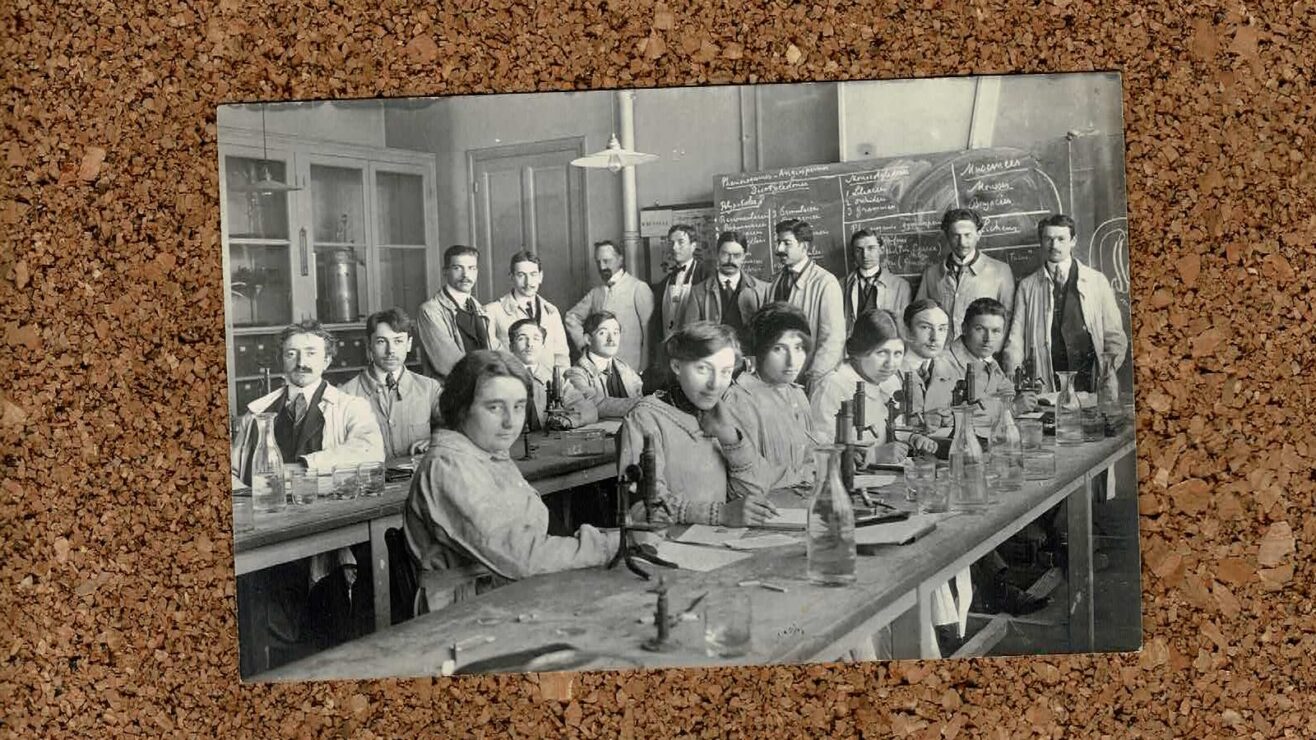Higher Education Postcard: Queen’s University, Belfast
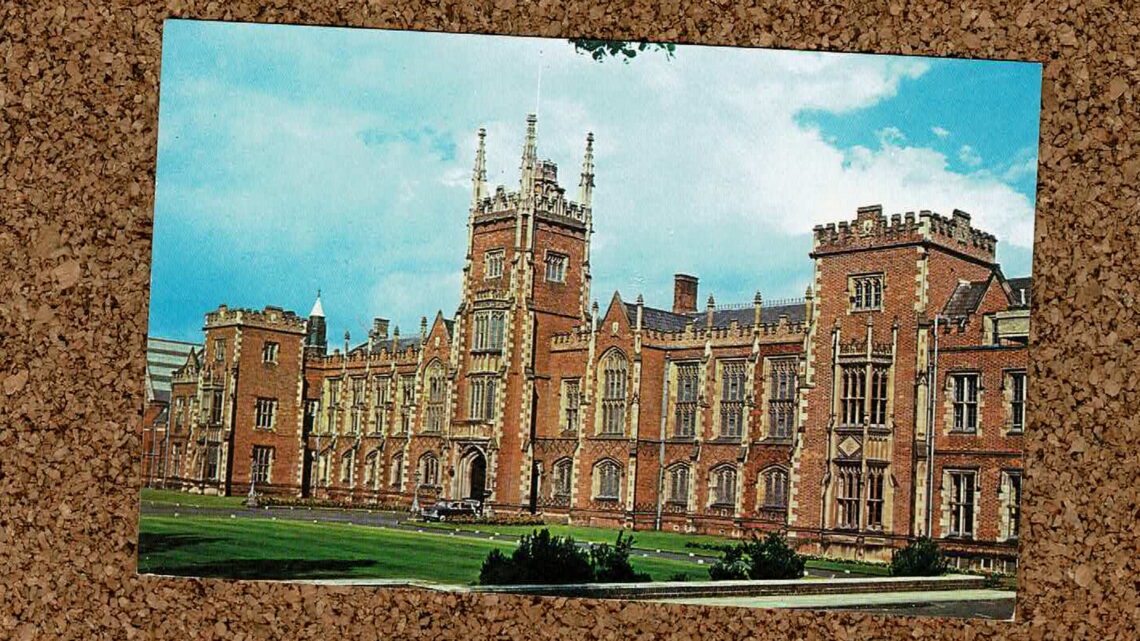
Hugh Jones is a freelance HE consultant. You’ll find a daily #HigherEducationPostcard if you follow him on Bluesky
Tags
Greetings from Belfast!
This card shows Queen’s University, Belfast. The building is the Lanyon Building, named for its architect, Sir Charles Lanyon. (Who, incidentally, also designed the campanile at Trinity College, Dublin.) Despite clearly being built in red brick, Queen’s University, Belfast is not typically regarded as a red-brick university. Its roots lie not in late Victorian civic pride and industrial power, but in far more complex politics.
Its foundation as a university institution dates from the award of a Royal Charter as Queen’s College, Belfast in 1845, and from 1850 with the establishment of the Queen’s University of Ireland. Queen’s College, Belfast was one of three colleges of the new university, along with colleges in Cork and Galway. The new university aimed – using more modern language than would have been the case in 1850 – to broaden access to higher education in Ireland, particularly from Catholics, who did not attend Trinity College, Dublin. The Royal Belfast Academical Institution, founded in 1810, abandoned its higher-level teaching on the establishment of Queen’s Belfast. (It is not unreasonable to speculate that staff and students would have migrated to a degree-awarding institution pretty quickly.)
The new university was not permitted to teach theology, leading the colleges to be known as “godless colleges” (UCL got there first!) and being declared by the then Pope as “detrimental to religion”.
And then in 1880 all changed. The Queen’s University of Ireland was dissolved, and in its place was established the Royal University of Ireland. This was much more closely, it seems to me, modelled on the University of London: firstly in its ability to award degrees to men and women on equal terms; and secondly in it being an examining university, awarding degrees not only to institutions within the university but also to those outwith. The colleges of the university were autonomous apart from in degree awards and academic regulations.
The Queen’s University of Ireland had lasted thirty years; its successor, the Royal University of Ireland, lasted for 29 years. And it was this point that Queen’s College, Belfast, became Queen’s University, Belfast. (Cork and Galway became part of the National University of Ireland, which is a whole different story.)
Splendidly, the card, posted in 1965 to a resident of a Nurses’ Home in Bow, London, reads simply thus:
“H.B.2.U.
Letter —–>
J.”
Share
- Click to print (Opens in new window)
- Click to email a link to a friend (Opens in new window)
- Click to share on Bluesky (Opens in new window)
- Click to share on LinkedIn (Opens in new window)
- Click to share on Reddit (Opens in new window)
- Click to share on WhatsApp (Opens in new window)
- Click to share on Facebook (Opens in new window)
- Click to share on Telegram (Opens in new window)
Share
- Click to print (Opens in new window)
- Click to email a link to a friend (Opens in new window)
- Click to share on Bluesky (Opens in new window)
- Click to share on LinkedIn (Opens in new window)
- Click to share on Reddit (Opens in new window)
- Click to share on WhatsApp (Opens in new window)
- Click to share on Facebook (Opens in new window)
- Click to share on Telegram (Opens in new window)






